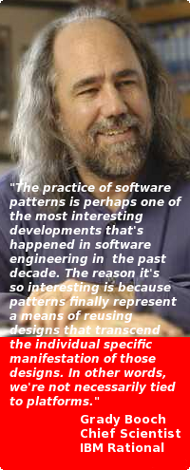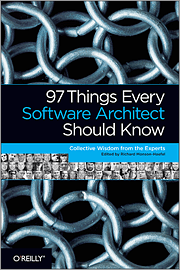Description:
Extensible Markup Language or XML for short is used in software systems to organize and represent information. Applications of XML are diverse but include maintaining software system configurations, maintaining information in a structured manner (e.g. web pages) and using as a format to exchange information between systems (e.g Web Services).
This training on XML focuses on making software developers, system integration professionals and those who work on standardization of information representation to use XML effectively in their work.
Beyond the standards, the training well focuses on the best practices. For example, poorly structured information within XML documents triggers significant negative repurcusions when such structures are to be processed, interpreted and extended in future. The training guides the participants to avoid such issues.
This training program is not specifically for Java develpers even though the final section illustrations of using XML parsing, object models and binding frameworks are done using JAXB and related tools that are Java specific. But what we discuss even in the final section applies and is relevant to everyone.
Training Objectives:
At the end of the training, participants will be able to
- Better organize information in XML documents
- Use advanced features of XML
- Write XML Schema files
- Validate XML documents against their schemas
- Compare and contrast different types of XML parsing mechanisms, object models and binding frameworks
- Better identify the best XML parsing tool, object model library and binding framework suitable for a given purpose
- Use JAXB in their Java applications (common usage of JAXB is looked at but not advanced features of JAXB).
Target Groups:
- Java or Non-Java software developers
- Web page authors
- Those who use Web services and related technologies (SOAP, WSDL, REST, WADL)
- System integrators
- Those who work on standardization of information representation
Prerequisites:
- General computer literacy
- Participants need NOT necessarily be familiar with Java.
Communication Language:
English
Duration:
3 hours
Training Content:
-
XML
- Purpose of XML
- Anatomy of an XML file
- Validity and well formedness
- What is an XML document? Is it the same as an XML file?
- XML information set and different representation mechanisms
- XML vocabularies and terms, the need for mixing vocabularies
- Namespaces, element and attribute qualification
- Terms defined within the XML standard
- Examples of better and poor organized XML documents (best practices in organizaing information within XML documents)
-
XML Schema
- What is a schema definition language and why XML Schema?
- What is a schema document and an instance document?
- Validating an XML document against schema
- Complex types and simple types
- Anonymous type definition
- Global, local declarations
- Namespaces, element and attribute qualification
- Occurence constraints
- Restriction facets
-
XML Parsing, Object Models And Binding Frameworks
- What is involved in XML processing applications (The role of XML parsing tools, object model and binding frameworks)?
- Types of parsers (push parsers, pull parsers, streaming parsers)
- Knowing the unique characteristics of different XML parsing libraries, object model libraries and different binding frameworks
- Basics of using JAXB as an xml binding framework (JAXB is Java specific)
- Compiling schema files into binding classes
- Marshal XML documents from objects, and unmarshal XML documents into objects
- Using object model classes and binding framework classes simultaneously to manipulate XML documents (You have to do this in rare cases).



